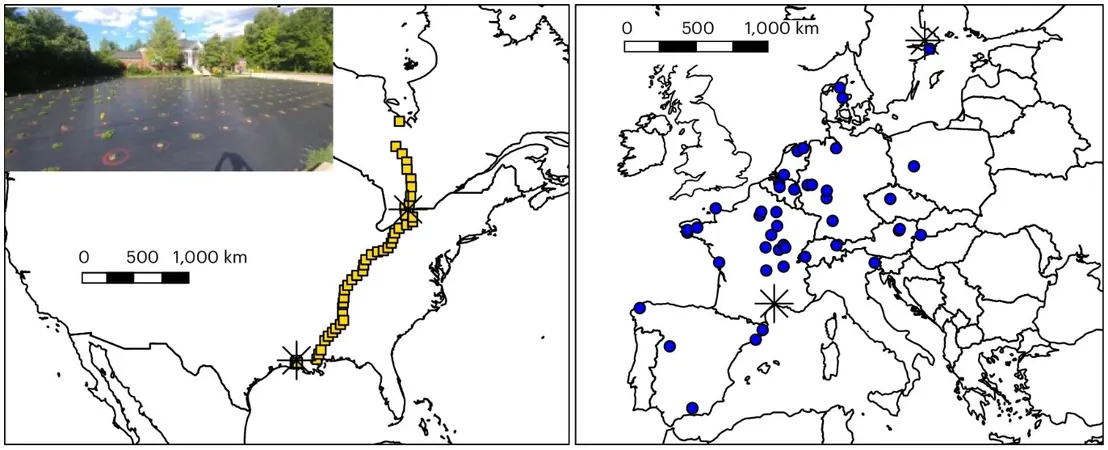
Nomograms Revolutionize Recurrence Prediction in HER2+ Breast Cancer: A Game-Changer in Personalized Medicine!
2024-09-19
Author: Li
The Role of Ultrasounds and Nomograms
Ultrasounds have become the frontline method for breast cancer diagnosis due to their convenience and non-invasive nature. This study emphasizes the development of nomograms that harness ultrasound data along with vital clinicopathological characteristics to predict the likelihood of disease recurrence. This individualization in treatment approaches offers patients tailored strategies based on their unique disease profiles.
Study Insights
The study analyzed a substantial cohort of 570 patients diagnosed with either hormone receptor-negative/HER2-positive (HR-/HER2+) or hormone receptor-positive/HER2-positive (HR+/HER2+) breast cancer between January 2012 and December 2013. Researchers from the Second Affiliated Hospital of Harbin Medical University and Harbin Medical University Cancer Hospital carefully split these patients into training and validation cohorts, ensuring robust data analysis.
Predictive Factors for Recurrence
The study uncovered critical ultrasound and clinicopathological indicators for recurrence risk. In HR-/HER2+ patients, significant predictors included: - Axillary lymph node involvement - Presence of calcification - Lower Adler degree on ultrasound imaging For HR+/HER2+ patients, the risks were associated with: - Axillary lymph node involvement - Higher histological grade - Absence of echogenic halo in ultrasound images
A Call for Larger Studies
While the results are promising, the researchers urge caution due to the limitations of their study. The relatively small, retrospective nature of the cohort, drawn from only two institutions, calls for further studies involving a more extensive and diverse patient population to enhance the models' applicability and generalizability.
Conclusion
The development of nomograms for predicting recurrence in HER2+ breast cancer illustrates the potential to fundamentally alter how patients are treated. As the research community explores larger cohorts and validates these findings broadly, there is hope for enhancing the survival outcomes for patients grappling with this challenging diagnosis. The future of breast cancer prognosis appears to be personalized, informed by precise data, and tailored to individual patient needs—could this be the dawn of smarter, more effective cancer care? Stay tuned!




 Brasil (PT)
Brasil (PT)
 Canada (EN)
Canada (EN)
 Chile (ES)
Chile (ES)
 Česko (CS)
Česko (CS)
 대한민국 (KO)
대한민국 (KO)
 España (ES)
España (ES)
 France (FR)
France (FR)
 Hong Kong (EN)
Hong Kong (EN)
 Italia (IT)
Italia (IT)
 日本 (JA)
日本 (JA)
 Magyarország (HU)
Magyarország (HU)
 Norge (NO)
Norge (NO)
 Polska (PL)
Polska (PL)
 Schweiz (DE)
Schweiz (DE)
 Singapore (EN)
Singapore (EN)
 Sverige (SV)
Sverige (SV)
 Suomi (FI)
Suomi (FI)
 Türkiye (TR)
Türkiye (TR)
 الإمارات العربية المتحدة (AR)
الإمارات العربية المتحدة (AR)